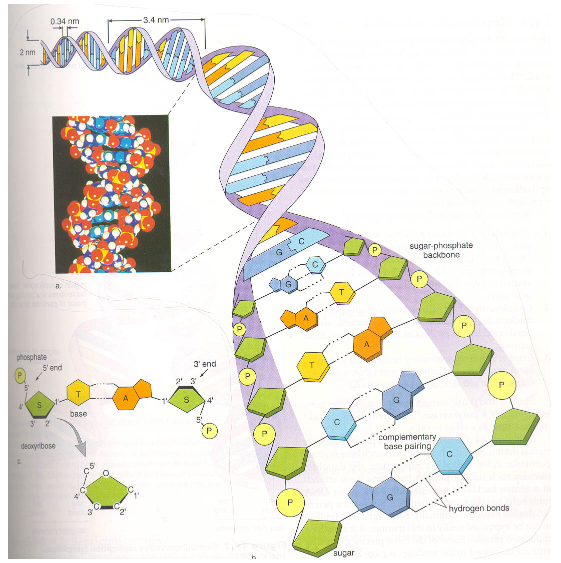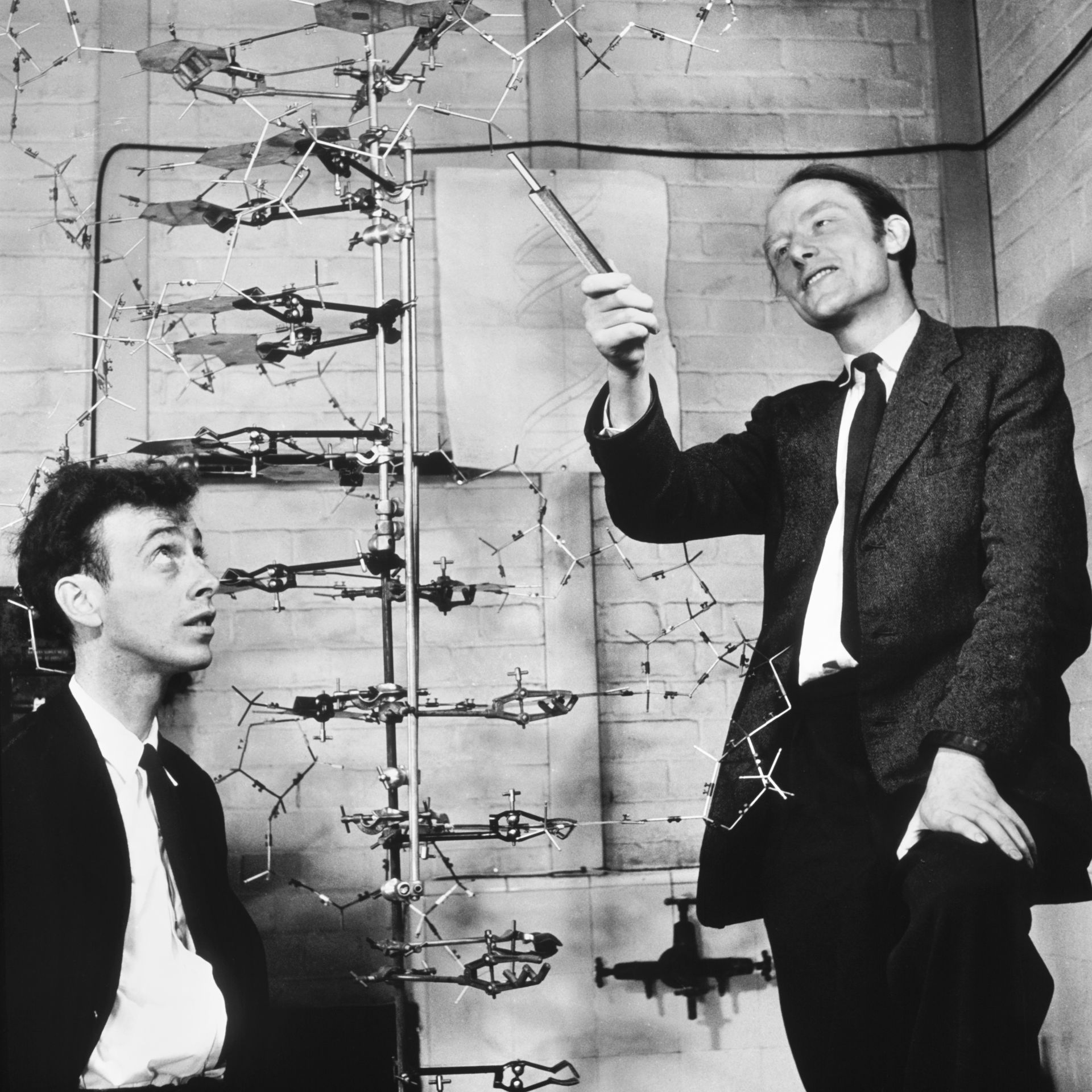-
Double Helix:

DNA has two antiparallel strands that provide a left-handed helical conformation, or B form.
The helical turns create major and minor grooves that are sites of protein binding.
In order to accommodate DNA within the nucleus, helical DNA is coiled. Coiling is facilitated by nucleosome structures composed of eight histone proteins and the DNA encircling the histones.
Six nucleosomes associated with the H1 histone are called a solenoid. Solenoids form scaffolds that coil further to form the chromosome. The histone tails have posttranslational modifications that play important regulatory roles in transcription activation or repression, chromosome condensation, DNA repair, and gene silencing.
Funtions of Nucleotides
The order of nucleotide subunits contained in the linear sequence represents all of the genetic information carried by a cell.
Nucleotides contributes to the formation of a variety of coenzymes and regulatory molecules of physiologic importance (eg, NAD+, NADP+, and ATP).
In addition, nucleotides play roles in biological energy storage and transmission, signaling, regulation of various aspects of metabolism, and even an important role as an antioxidant.
++++++++++

